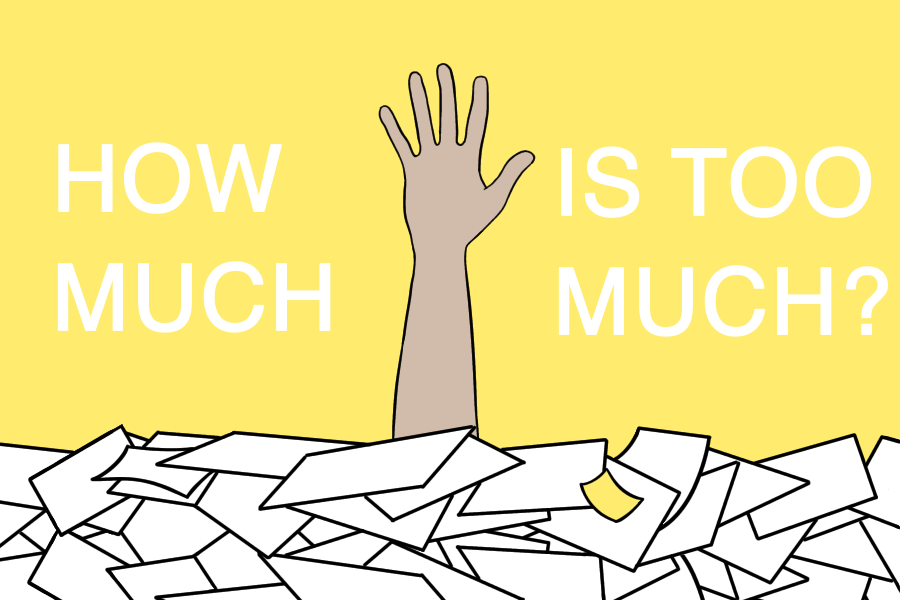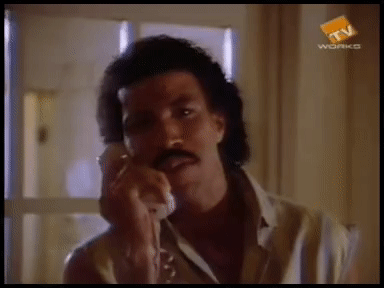
Signs of a bad client
Bad clients are a dime a dozen. The good news is that as a freelancer, you set your standards.
So in this post, we’re going to go through six signs of a bad client so that you can avoid them in the future. We’re also going to give you some tips on how to deal with bad clients.
(You won’t want to miss these!)
Before we go into the signs of a bad client in more detail, they are:
- #1: Asking for free samples or won’t sign a contract
- #2: Lowballing and questioning your rates
- #3: The scope of work changes repeatedly
- #4: Not being involved at all
- #5: Being too involved
- #6: You’re just not feeling it
Why should you freelance in the first place?
There are a million great things about freelancing, like choosing the subjects you work on, having greater geographic mobility, and, my favorite, grocery shopping at 2pm on a Tuesday when the store is practically empty.
You can take on a huge, challenging project that’s got you heads-down for months, and then follow it up with something lightweight that allows you to reset.
You also get to decide if the person who wants your skills actually gets to become a client.
It’s challenging not to accept every job that comes your way since you never know when your next opportunity will pop up. The money needs to keep coming in. Sometimes, the decision is made easier when there are things you can do but aren’t that great at or when you disagree with what the company requesting your bid does to make its money. Then, other times, things start OK and quickly degrade.
If you’re wondering if it’s time to move on, here are six signs of a bad client who needs firing for good.
#1: Asking for free samples or won’t sign a contract
If you’re serious about your freelancing business, you should have plenty of examples of the work you can produce. Whether in the form of a portfolio, your GitHub repo, or references to current sites, a prospective client should already have a good idea of the quality of your work.
Asking for a sample and not offering compensation is not only taking advantage of you and your time, it’s also incredibly lame. Bad clients ask for free work, and you can bet they will continue to ask for free work throughout the project.
Similarly, if you don’t have a contract in hand and signed, you’re essentially doing free work. Unfortunately, some people suck and will do everything they can to avoid paying you.
Don’t let yourself be fooled by a bad client before you even begin. Get. A. Contract. If you’re new to the game, need help deciding what to include, or could use some guidance, check out the Freelancers Union’s contract creator.
It’s a great resource.

How to deal with bad clients (aka what do I say?)
- I would love to create that email sign up flow for you. I charge a fee of $300 for initial mockups, and that money can be applied to your first invoice after signing a contract.
- Unfortunately, I can’t work on that for you right now as I am prioritizing clients with signed contracts. I’m happy to talk about scheduling details as soon as your signed contract is returned.
#2: Lowballing and questioning your rates
Asking to clarify what they receive in return for what you charge is absolutely a client’s prerogative.
Once.
However, if they keep questioning your rates, the chances are high that they’ll also question the value of your work.
And if they have the nerve to tell you how much they think you are worth by offering a low number? Take it from me; it’s a sign of a bad client.
They think they know more about what you do than you do.
Clients who lowball and undercut you will not be worth it. Full stop. Even if this happens after a contract has been signed, leave yourself an out in that all-important contract.

How to deal with bad clients (aka what do I say?)
- I’m happy to offer suggestions of where you may find a more affordable rate, but at this time, I can’t commit to any work below my stated minimum.
- The tasks included in the quote are what can be completed at that rate. If you’d like to add more to the scope of the project, I can add that in for an additional fee.
#3: The scope of work changes repeatedly
No one is unfamiliar with scope creep, but freelancers don’t have a project manager to set expectations with the higher-ups.
You have to do it alone.
Making change requests to a project isn’t out of the ordinary, but there may come a time when the requests become so numerous or grand that you’re not just out of time and over budget – you’re cutting into other work that good clients have paid for.
Know when to say no if it becomes too much. Reworking a button order for a better UI is one thing. Rewriting API hooks to accommodate a new payment schema is something else!

How to deal with bad clients (aka what do I say?)
- The number of changes to the original project is approaching more than is reasonable. I will finish what was in the original scope, at which point you are free to either re-negotiate the contract or pass this off to another developer.
- I would be happy to add those changes to the scope. Once I receive a signed copy of my contract, I will send over a change order addendum and add those updates to the schedule.
#4: Not being involved at all
People get busy, right? Totally understandable. But when said person is never available, it’s a sign of a bad client.
You know the type: They respond to the blockers seven hours after you ask about them; their expectations are unclear, and they’re unable to clarify them; and it takes a week to have a whole conversation via email.
It’s frustrating, unproductive, and bad for everyone involved.
If a client can’t provide guidance and clarity on a project they’ve recruited you for, how far will you get on that project? Is it something you’ll be proud of, knowing you had so little direction to go on?
Probably not.
It’s best to part ways before too many feelings get hurt, and the client realizes their “vision” won’t come to life without their input.

How to deal with bad clients (aka what do I say?)
- Without a more reliable way to communicate and clarify issues with you, I will not be able to complete your project on time. I will complete the following tasks and pass the project back to you by next Thursday.
- Unfortunately, a lack of communication means that I have not been able to complete a number of integral tasks on this project. I have other client projects coming up and will not be able to extend the scope of my work.
#5: Being too involved
At the other end of the spectrum, we have the helicopter clients: the ones who expect you to be available 24/7, who find a way to micromanage you from afar, and who nitpick every decision you make as if you don’t know what you’re doing.
For me, this is worse than not being involved enough.
The client hired you because you possess skills they need and don’t have. Given the current job market, the client probably had many freelancer options, but they decided that you were the most expert and excellent.
So they really shouldn’t be hovering!
They should know you know what you’re doing. And yet, here they are, asking why the button color looks closer to #02FAE9 when it should be #07F0E0 – and you’re in charge of building the databases.
Let them go.

How to deal with bad clients (aka what do I say?)
- I appreciate that you want to be involved in the process, but I’d like to limit our check-ins to once a week to ensure I’m able to give the proper attention to the project.
- The frequency of your check-ins has become a disruption to the workflow and project timeline. If you feel you’d like more involvement with the code base, I suggest hiring someone in-house who is better able to accommodate that request.
#6: You’re just not feeling it
It’s totally okay to walk away from a bad vibe.
Any number of reasons fit this category, all of which are valid. They could be the most petty reasons in the world, and you know what?
They’re still okay. Gut instincts are always right.
Do you really want to get into a situation you saw coming and do nothing to stop it?
One of the greatest things about freelancing is the freedom it gives you and the freedom to decide you don’t want to work with someone.
If there’s one takeaway here, it’s this: not every dollar is worth it.
Know what you’re worth and don’t sell yourself short. Freelancing always involves gambles, but now you know the signs of a bad client and how to deal with bad clients, you’re prepared.
Want to get the highest-quality clients?
Come talk to us! Here at Gun, we specialize in using senior developers to vet jobs and match you with clients that will make you happy.
So talk to us today and learn how we can help you land your next gig.



